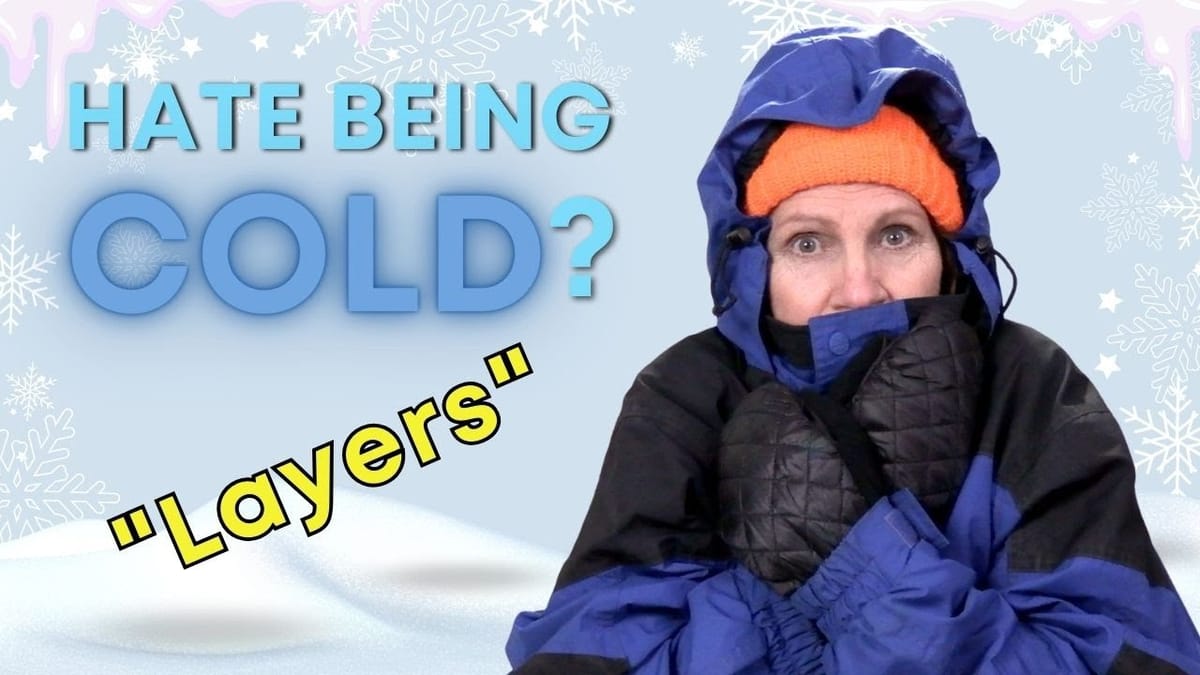Conquering Winter Camping: A Comprehensive Guide to Staying Warm in the Cold


Hey Scouters, today I want to talk about a topic that's close to my heart – winter camping. Now, I'll be the first to admit that I used to dread winter camping because of one simple reason – the cold. But after enduring some less-than-pleasant experiences, I've learned a thing or two about staying warm in the great outdoors, and I'm excited to share my knowledge with you.
So, grab a cup of hot cocoa and let's dive into the four W's of winter camping: wick, warmth, wind, and wet. These four factors are crucial to understanding how to dress appropriately and stay comfortable in cold weather conditions.
First up, let's talk about wetness. Getting wet in cold weather is not just uncomfortable – it can be downright dangerous. Wet clothing can lead to hypothermia, a condition where your body loses heat faster than it can produce it. Symptoms include shivering, confusion, and fatigue, and if left untreated, it can be life-threatening. So, it's essential to stay dry at all costs.
Next, let's discuss the importance of wick. Wick refers to the base layer of clothing that sits directly against your skin. This layer is responsible for wicking moisture away from your body, keeping you dry and comfortable. Look for base layers made of materials like Merino wool, which excel at moisture management. Remember, staying dry starts with your base layer.
Now, onto warmth. Once you've got the moisture under control, it's time to focus on insulation. Layering is key here – start with a lightweight fleece jacket over your base layer, then add a down jacket for extra warmth. The goal is to trap heat close to your body while still allowing for breathability. Zippered layers are ideal for easy temperature regulation, and don't forget to invest in a good pair of thermal pants to keep your lower half warm.
The final W is wind. A waterproof, windproof jacket is essential for blocking out cold gusts of wind. Look for jackets with built-in wind flaps and adjustable cuffs to seal out the elements. And don't forget to protect your extremities – insulated gloves or mittens are a must for keeping your hands warm, while a knit cap will help retain heat from your head.
Now, let's talk about some additional tips for staying warm in winter camping conditions. First off, make sure to change into dry socks before bed to keep your feet warm throughout the night. Keep a spare set of clothes inside your sleeping bag to prevent them from getting cold, and invest in a pair of insulated mittens for maximum hand warmth.
While winter camping may require some extra gear and preparation, the rewards are well worth it. There's nothing quite like waking up to a pristine winter landscape, with the crisp air filling your lungs and the snow crunching underfoot. So, don't let the cold weather scare you off – with the right clothing and mindset, you can enjoy all the wonders of winter camping.
In conclusion, winter camping doesn't have to be intimidating. By following the four W's – wick, warmth, wind, and wet – and taking some extra precautions, you can stay warm and comfortable even in the coldest of conditions. So, bundle up, brave the elements, and embark on your next winter camping adventure with confidence. Happy camping, Scouters!
